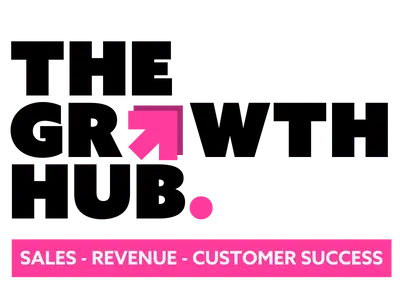Change happens in every organisation but, unfortunately for employers, not everyone responds with a positive attitude. Sometimes there can be a lot of Employee Negativity when they are asked to make a change and dealing with this is crucial in moving forward.
Introducing a new sales system or making changes to one can result in some negative reaction among employees. For companies that want to maintain a technological edge and the accompanying competitive advantage – not to mention recoup the investment – getting employees on side quickly is imperative.
Overall, a change in processes or systems needs to be made with upfront consultation, involving all affected parties. The briefing should not cover just the business benefits, but also how the new changes will make the employees’ work-life easier, and how full training will be offered, so they can reap the rewards of the change immediately. The result: More complete and enthusiastic employee buy-in.
Here are the fundamental points in managing employee positivity and encouraging change readiness:
Communication – Arguably the most important element in making this type of change is effective communication. Employees loathe being asked to change without clear purpose and like to be kept in the loop from the start. Collective communication can play a key part in making sure all team members are up to speed and aware of how changes will affect them. Bringing your team together, explaining the reasoning behind the change, explaining what will be different, and what is now expected of them is essential in creating a positive team message. For instance, a new CRM solution enables sales, marketing, customer service, finance and management to share information and ensure each branch of the business can see what is happening with the others, both overall and with specific customers – this needs to be communicated to all levels of your business.
Vision – Know what you want to achieve and how you will achieve it. Work with employees to develop reasonable and achievable plans and expectations at every level of the organisation. Be clear and concise with these decisions and share your vision from an early stage. The sooner your sales team buys into the change, the sooner the change can take effect. Point negative employees toward a common goal, outlining the positive effect the change will have not just on the business but on their work.
Empowerment – Promote a self-fulfilling prophecy: ‘With this change, you will reach your targets and secure your bonuses’. Make the benefits clear – it’s necessary to make people more productive, processes more reliable and customers happier. Show how the change will enable your staff to keep up to date with the latest technology and increase their performance levels. Salespeople are much more likely to use new tools and processes if they believe it will benefit them.
Support – Employees must feel supported at a professional level. Support needs to be available for any new functions that are now involved in their job. Full training should be offered and the quicker the employee can get to grips with any new technology, the quicker they can begin to implement it.
However, to truly manage the inevitable negativity toward change it is imperative to understand the main concerns and characteristics of your employees. As mentioned previously, effective communication is a vital cog in the change process and by addressing issues before they arise, negativity can be avoided.
Using implementing new sales software as an example, here are three primary concerns for organisational change and how to alleviate these:
Fear of failure – Fear can often hold people back. If they have been successful in the past, will the change improve or decrease their ability? Sales tech addresses this as it helps employees hit their targets, which should negate this feeling. If your employees are made aware of the advantages a new solution can have on their job they will be less likely to worry about it
Routine disruption – Having a daily routine increases comfort at work. It is predictable and stable. Simply by changing someone’s routine to one that is unfamiliar or out of their comfort zone can have adverse effects. A good sales solution will make life easier for your employees, and with full training, employees can quickly learn anything new and make full use of the benefits immediately to establish a new, better routine. If an employee understands the reasoning behind the change, they will be significantly more likely to adapt to a new routine. Sales software should be quick to implement and have an easy, user-friendly dashboard to help.
Lack of need – Quite often employees fail to see the bigger picture of a change, leading to them questioning the upheaval. If their own performance has been good, then it can be difficult to see the benefits of a change. Employees may then resist change because they believe that the change will not result in improvement. Constant communication will help them buy into the vision. Highlighting the competitive benefits to the organisation, in general, will address this.
Change management is integral to the successful implementation of a new or upgraded solution and the continual improvement of business processes. Effective change management will result in faster results, faster ROI (Return of Investment) and better employee attitudes due to better change readiness. With the principles outlined here, you should be able to implement changes quickly and efficiently, with little resistance along the way.




